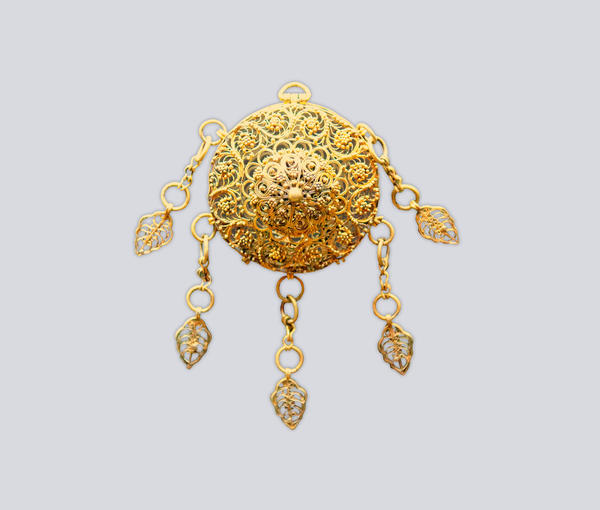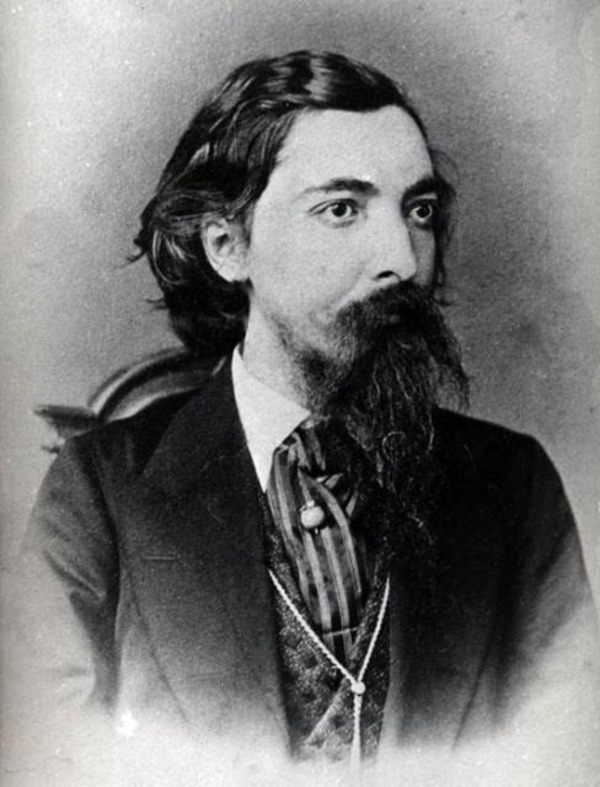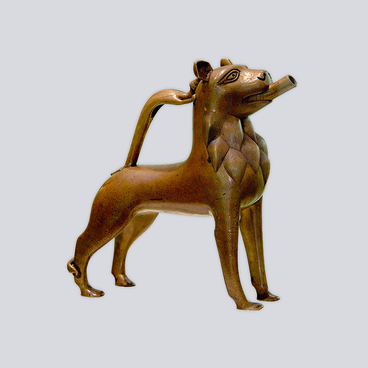The Koran Case is a precious-metal pouch used to store a miniature Koran, scroll with texts of ayat (excerpts from Koran) or dogalyk prayers. Such cases combine the functions of traditional jewelry and sacral items.
The Koran Case
Creation period
Late 19th Century
Dimensions
6,5x6,5 cm
Diameter 6,5 cm, height with pendants 13 cm
Diameter 6,5 cm, height with pendants 13 cm
Technique
Silver, gold plating, filigree, granulation
Exhibition
2
Open in app#1
The Koran Case
#2
#3
The exhibited round Koran Case is made with the filigree technique. This is a technique of making exquisite patterns of precious metal wire that look like a sort of metal lacework. The front side of the case is covered with a hinged dome-shaped lid. Five thin leave-shaped pendants are attached to the back side of the item.
#5
The Koran Case was transferred to the museum as part of the Andrey Likhachev collection. The scientist was engaged in investigating ancient and medieval history of the Kazan region and, over his life, collected a lot of antiquities. His collection became the base for the Kazan City Museum and laid the foundation for the funds of the National Museum of the Republic of Tatarstan.
Andrey Likhachev. 1870. Source: wikipedia.org.
#4
The custom of carrying a Word of Allah on a person has a multi-century tradition in Islam. Cases for holy texts appeared in the Volga Bulgaria way back in the pre-Mongol period, and became very popular during the time of the Golden Horde. Traditions of manufacturing such items have been retained by Kazan Tatar jewelers for many centuries.
#6
Printing of miniature Korans started in early 19th century. They were kept in the same pouches that were then called Koran cases. As a rule, Koran cases were made of sterling silver by way of coining or engraving. The items were often covered with gold plating.
Tatar craftsmen made Koran cases of various shapes: rectangular, triangular, round, cylindrical and multangular. Varied techniques developed for centuries were used for their decoration: filigree, granulation, inlay. Making exquisite cases soon became real jewelry art.
#7
Richly decorated Koran cases were predominantly worn by women. Men would more often quilt separate surahs of Koran into their clothes. Women would hang the case on a chain and wear it as a necklace, or would fasten it to their ‘hasita’: a woman’s shoulder-belt. The latter was worn over the left shoulder under the right arm and was fastened on the back. The fabric substrate material of the top and middle parts of the belt were densely stitched with coins and plates of various shapes. Koran cases were attached to the bottom part of the shoulder belt. Such decoration containing sacred writings became a true charm.
#8
The National Museum of the Republic of Tatarstan
read morehide
00:00
00:00
1x
The Koran Case
Creation period
Late 19th Century
Dimensions
6,5x6,5 cm
Diameter 6,5 cm, height with pendants 13 cm
Diameter 6,5 cm, height with pendants 13 cm
Technique
Silver, gold plating, filigree, granulation
Exhibition
2
Open in app
Share



